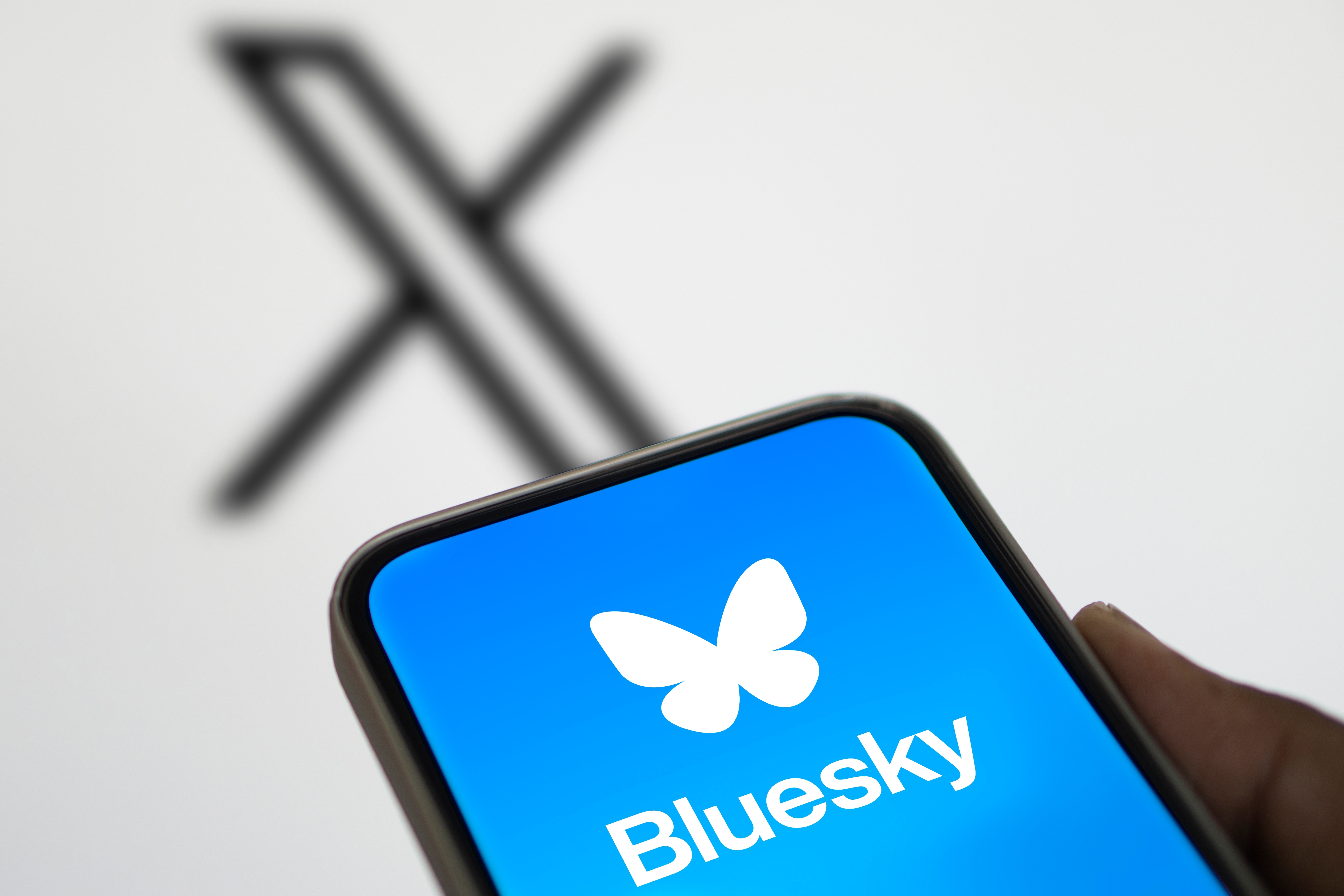
The Role of Bluesky in Social Media Management in 2025
Regular social media users will no doubt have been monitoring the plight of X, formerly known as Twitter, since its $44 billion purchase by Elon Musk in late 2022. The platform has changed dramatically in that time which has led to a downturn in popularity, and caused many to flock to alternative sites. These include the likes of LinkedIn, TikTok and Threads, but in recent months, a new contender has entered the ring.
But what is the role of Bluesky in social media management in 2025, and what do organisations need to be aware of when considering adopting the platform?
Growth of a new platform
Any current or former users of what was formerly known as Twitter, and is now ‘X’ will be only too aware of the impact that Musk has had on the previously dominant microblogging site. Most will recognise that the downturn began shortly after paid-for verification was introduced, meaning that corporate entities had to re-cement and ‘buy’ their position on the platform. This led to the introduction of waves of bots seeking payment and the growing frequency of increasingly extreme and disturbing content and, consequently, a flock of departures from the world’s press and several leading brands. Where once the platform benefitted from advertising from the likes of Gucci, Versace and Nike, it’s now filled with promotions from Temu, Temu and…well, Temu.
This downturn was accelerated in the lead-up to the US election. Former democrat voter Musk, used his position as the owner of X to promote Trump and the Republican Party to anyone who would listen, despite this clearly contravening political legislation. Many users were reportedly worried about potentially false or misleading claims shared by Musk and other key political figures on the platform, and being exposed to their content against their will. These factors have contributed to the exodus of users from the platform, to the benefit of Bluesky.
This site, initially developed by Twitter’s founder Jack Dorsey – who has since stepped back – has been around since 2019, but until February last year could only be accessed via invitation. It has since benefitted from millions of new users in recent months. In fact, data suggests that Bluesky added one million new registrations per day from the election on November 5 through to November 15, when numbers reached nearly 18 million. By December 4, the platform reached 24 million – roughly 5% of that reported by X (although reports suggest only around 15% of its accounts are active) and Alexandra Ocasio-Cortez became the first user to reach one million followers.
Using Bluesky
This growth, and Bluesky’s positioning as a more friendly alternative to X – it describes itself as ‘social media as it should be’ - has meant that the platform could play an interesting role in corporate social media management in 2025. But what do organisations and their social media managers need to know?
Visually, Bluesky is very similar to earlier versions of X and other similar platforms with a timeline and bar on the left of the page showing notifications, a homepage, search functions and more. Users can also post, comment, repost and like their favourite content in ways they will already be familiar with.
Several major brands have now migrated to Bluesky and have either left X or are posting on a much less frequent basis. Musk’s platform inadvertently revealed last month that content containing external links automatically ranks less well than comparable posts that keep traffic on X, and this has only expedited many of the departures. In recent weeks the likes of Netflix, Hulu, Microsoft and more have moved to Bluesky, for varying reasons. The Guardian outlined its reasoning in a recent statement:
“This is something we have been considering for a while given the often disturbing content promoted or found on the platform, including far-right conspiracy theories and racism. The US presidential election campaign served only to underline what we have considered for a long time: that X is a toxic media platform and that its owner, Elon Musk, has been able to use its influence to shape political discourse.”
However, Bluesky is not without issues of its own. The platform still suffers relatively regular outages and downtime as developers look to manage the hundreds of thousands of new users that continue to join. It’s also faced criticism for, like X, being somewhat of an echo chamber, albeit at the other end of the political spectrum. However, it could be argued that social media users will naturally gravitate towards others with similar belief systems, and the confrontational nature of Musk’s platform is what drove many of them away. Either way, Bluesky still requires further evolution to reach the level of the likes of Facebook, Instagram and LinkedIn.
Bluesky in social media management
The emergence of a ‘new’ platform presents an opportunity for organisations to capture market share and engage a relatively open and friendly audience. Bluesky doesn’t offer the same range of advertising models as other platforms do, but its popularity is only likely to grow in the coming years, and establishing your brand here in the early days could get you ahead of many of your competitors who will not yet have joined. It will be a case of learning on the job for all brands, but it’s an opportunity that will be worth the effort.
*****
If your organisation is looking to source social media or marcomms expertise in 2025, speak to our expert team.
